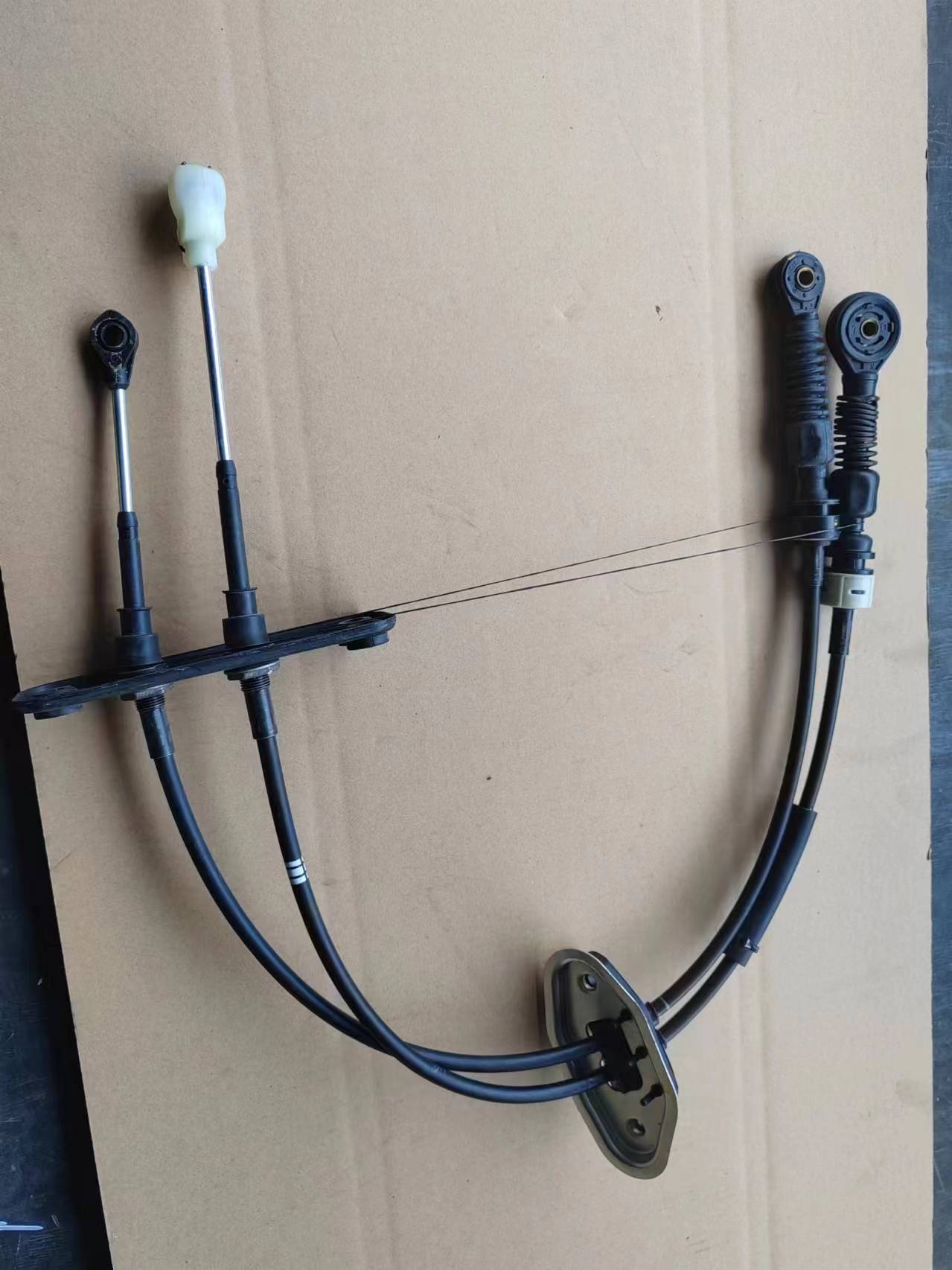throttle cable assembly
Understanding Throttle Cable Assembly A Key Component in Engine Performance
When it comes to the smooth operation of an engine, the throttle cable assembly plays a crucial role. This component is essential in controlling the intake of air and fuel into the engine, directly influencing its performance and responsiveness. In this article, we will explore what a throttle cable assembly is, its components, how it works, and its importance in automotive engineering.
What is a Throttle Cable Assembly?
A throttle cable assembly is a mechanism that connects the accelerator pedal to the throttle body in an internal combustion engine. When the driver presses the accelerator pedal, the cable transmits this action to the throttle body, which opens to allow air (and fuel) into the engine's combustion chamber. This process ultimately determines the engine's speed and power output.
Components of a Throttle Cable Assembly
The throttle cable assembly consists of several key components
1. Throttle Cable This is a flexible cable that runs from the accelerator pedal to the throttle body. It is typically made of durable materials, allowing it to withstand repeated tension and flexing.
2. Cable Housing The cable runs through a protective housing that prevents damage and ensures smooth movement. This housing is usually made of a robust material that can endure environmental factors.
3. End Fittings These fittings are located at both ends of the cable and connect the cable to the accelerator pedal and throttle body. They secure the cable in place, allowing for efficient transfer of motion.
throttle cable assembly

4. Adjustment Mechanism Many throttle cable assemblies come with an adjustment mechanism. This feature allows for fine-tuning of the cable tension, ensuring optimal performance and response time.
How Does a Throttle Cable Assembly Work?
The functioning of a throttle cable assembly is relatively straightforward. When a driver presses down on the accelerator pedal, the movement pulls the throttle cable. This action causes the attached throttle body to open, which allows more air to enter the engine. The engine's computer (ECU) then calculates the appropriate fuel mixture needed, and the fuel injectors supply the necessary fuel. The result is increased power and acceleration.
Conversely, releasing the accelerator pedal retracts the cable, closing the throttle body and reducing the engine's air intake, which ultimately slows the vehicle down. It’s a finely tuned dance between the driver’s input and the engine’s response.
Importance in Automotive Engineering
The throttle cable assembly is a critical component in the automotive industry. Its design and functionality can greatly affect vehicle performance. A malfunctioning throttle cable can lead to poor acceleration, reduced engine efficiency, or even complete engine failure. For this reason, regular maintenance checks are essential to ensure that the throttle cable assembly remains in good working condition.
As vehicles evolve, many manufacturers are shifting towards electronic throttle control (ETC) systems, which use sensors and electronic actuators instead of mechanical cables. However, traditional throttle cable assemblies still remain prevalent in many vehicles, especially older models and certain types of motorcycles and ATVs.
Conclusion
In summary, the throttle cable assembly is a vital link between the driver’s input and the engine’s output. It plays a significant role in the overall performance of a vehicle, ensuring that it responds effectively to the driver’s commands. Understanding this component helps us appreciate the complexities of automotive engineering and the importance of regular maintenance for optimal vehicle performance. Whether it’s a sleek sports car or a rugged off-road vehicle, the throttle cable assembly remains a fundamental aspect of driving dynamics.
-
Workings of Clutch Pipe and Hose SystemsNewsJun.04,2025
-
The Inner Workings of Hand Brake Cable SystemsNewsJun.04,2025
-
The Secrets of Throttle and Accelerator CablesNewsJun.04,2025
-
The Hidden Lifeline of Your Transmission Gear Shift CablesNewsJun.04,2025
-
Demystifying Gear Cables and Shift LinkagesNewsJun.04,2025
-
Decoding Clutch Line Systems A Comprehensive GuideNewsJun.04,2025
